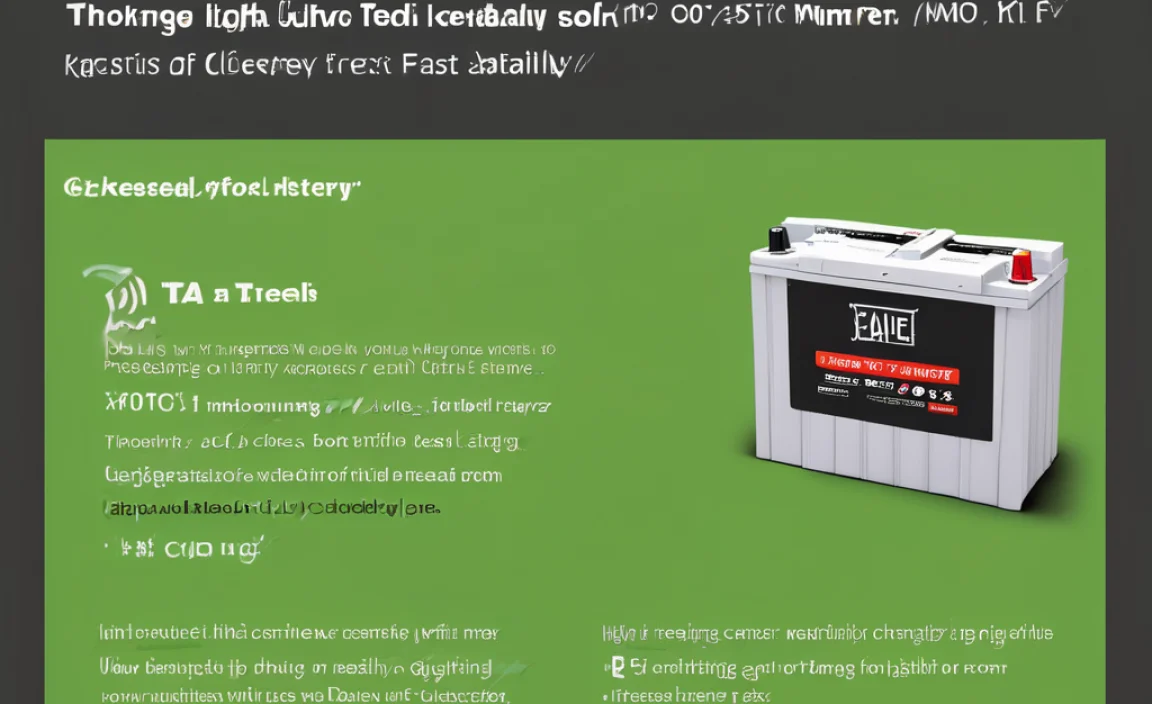Car Speaker Adapters: Achieving That Stunning Fit
The quest for better in-car audio often leads enthusiasts down a rabbit hole of upgrades. While a new head unit or amplifier can certainly boost sound quality, neglecting the humble speaker adapter for car can be a critical oversight. Often overlooked, these seemingly simple components are the unsung heroes that bridge the gap between your vehicle’s factory speaker openings and the aftermarket speakers you desire. Without the right adapter, achieving that “stunning fit” – a seamless, secure, and sound-optimizing installation – becomes an uphill battle, potentially leading to poor sound, rattles, or even damage.
Understanding the “Why” Behind Speaker Adapters
Modern vehicles, while offering increasingly sophisticated audio systems, often present a challenge for aftermarket speaker installations. Factory speaker sizes and mounting configurations are rarely standardized across different makes and models. A 6.5-inch speaker, for instance, might be the standard size, but the actual cutout diameter, mounting depth, and screw hole placement can vary dramatically. This is where the speaker adapter for car steps in. It’s essentially a custom-designed bracket, typically made from durable ABS plastic or sometimes MDF (medium-density fiberboard), that converts the OEM mounting points to accommodate a wider range of aftermarket speaker dimensions.
Beyond simple size conversion, these adapters play a crucial role in several other aspects of a successful installation:
Ensuring a Secure Mount: A loose speaker is a recipe for disaster. Rattles and vibrations not only degrade sound quality but can also lead to premature component failure. Speaker adapters provide a solid, stable platform, ensuring your new speakers are mounted firmly and effectively.
Optimizing Speaker Placement: Even a slight misalignment can impact sound dispersion. Adapters are designed to position the speaker correctly within the vehicle’s door panel or dash, allowing it to perform at its best and integrate harmoniously with other audio components.
Facilitating Wiring Connections: While not universally included with every adapter, some kits come with pre-wired harnesses that eliminate the need for cutting and splicing factory wiring. This not only simplifies the installation but also ensures a reliable electrical connection.
Preventing Damage: Forcing an aftermarket speaker into a factory opening without the correct adapter can lead to scratching, denting, or cracking the vehicle’s panels. Adapters act as a protective buffer, safeguarding your interior.
Navigating the Landscape of Speaker Adapters
The sheer variety of vehicles on the road means there’s a corresponding diversity in speaker adapter for car options. Identifying the correct adapter for your specific needs requires a bit of detective work, but the process is generally straightforward:
1. Identify Your Vehicle: The first and most crucial step is to accurately determine your car’s make, model, and year. This information is the key to unlocking compatible adapter options.
2. Locate Factory Speaker Sizes: Knowing the original speaker sizes is essential. Online resources, manufacturer specifications, or even physically removing the old speakers will provide this information. Common sizes include 3.5-inch, 4-inch, 5.25-inch, 6.5-inch, and 6×9-inch.
3. Research Adapter Compatibility: Once you have your vehicle and speaker size information, you can begin searching for adapters. Reputable car audio retailers and online marketplaces often have searchable databases where you can input your vehicle details to find compatible adapters. Look for adapters specifically designed for your car’s make and model.
4. Consider Material and Design: While most adapters are made from robust plastic, some high-end installations might benefit from MDF adapters, which can offer superior acoustic isolation. Pay attention to the adapter’s depth, as this can be critical if your new speakers have a deeper mounting profile than the factory ones.
Achieving That Stunning Fit: Installation Tips and Tricks
The term “stunning fit” implies more than just getting the speaker to physically connect. It means achieving an installation that looks, sounds, and feels professional:
Preparation is Key: Before diving in, gather all necessary tools. This typically includes screwdrivers, trim removal tools, wire strippers, crimpers, and potentially a socket set. Ensure you have the correct adapter and any necessary wiring harnesses or connectors.
Cleanliness Counts: Before mounting the new speaker and adapter, thoroughly clean the speaker mounting area. Remove any dust, debris, or old gasket material to ensure a good seal and prevent rattles.
Wire Up Carefully: If you’re not using a plug-and-play harness, pay close attention to polarity when connecting speaker wires. Incorrect wiring can lead to phase issues and significantly degrade sound quality. Crimp connections securely or use solder for a more permanent solution.
Test Before Reassembly: Before putting door panels or trim back in place, connect your amplifier and perform a quick sound test. This allows you to catch any wiring errors or speaker malfunctions without having to dismantle everything again.
* Beware of Obstructions: Sometimes, even with an adapter, the back of the aftermarket speaker might interfere with window mechanisms or other internal door components. Carefully check for clearance before tightening everything down.
In Conclusion: The Indispensable Speaker Adapter
The pursuit of exceptional car audio is a journey, and the speaker adapter for car is an indispensable tool on that path. It’s the often-unseen component that ensures your aftermarket speakers can perform at their peak, delivering the clarity, depth, and impact you crave. By understanding their purpose, choosing the right one for your vehicle, and approaching installation with care and attention to detail, you can achieve that coveted “stunning fit” and elevate your in-car listening experience to new heights. Don’t let a small, inexpensive part stand between you and your dream sound system.

